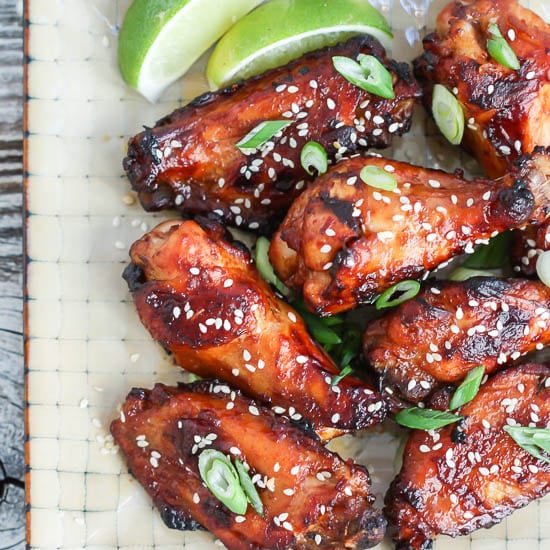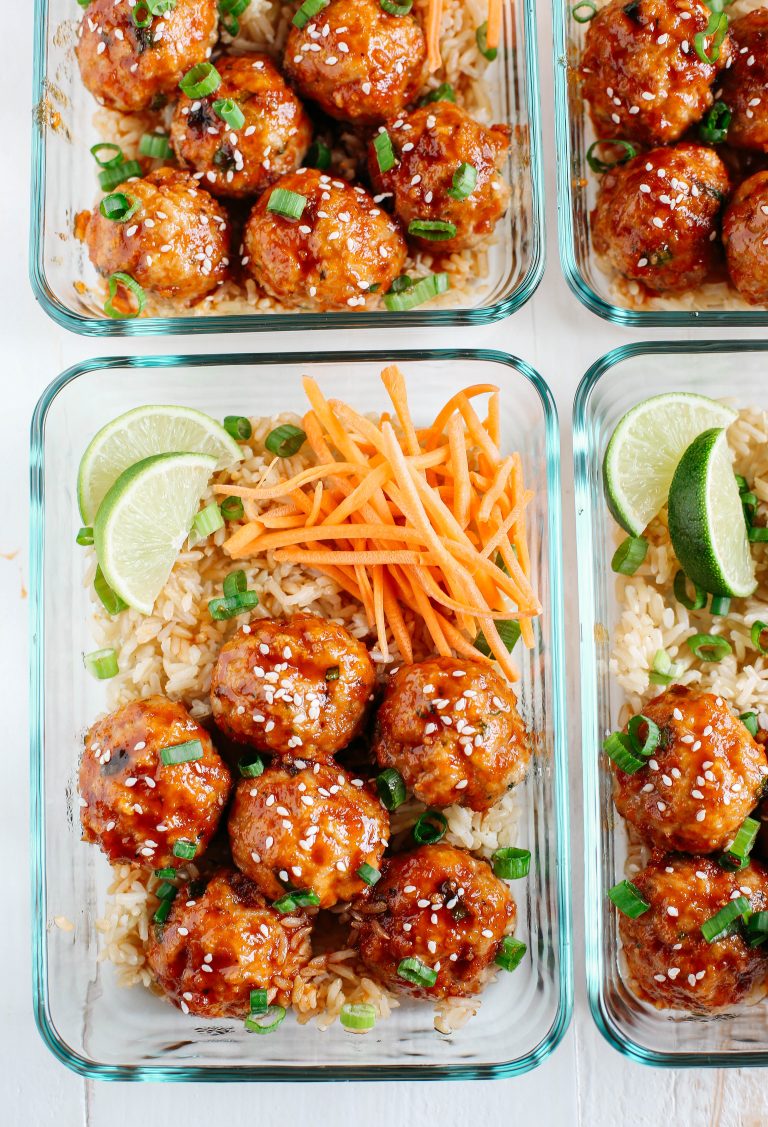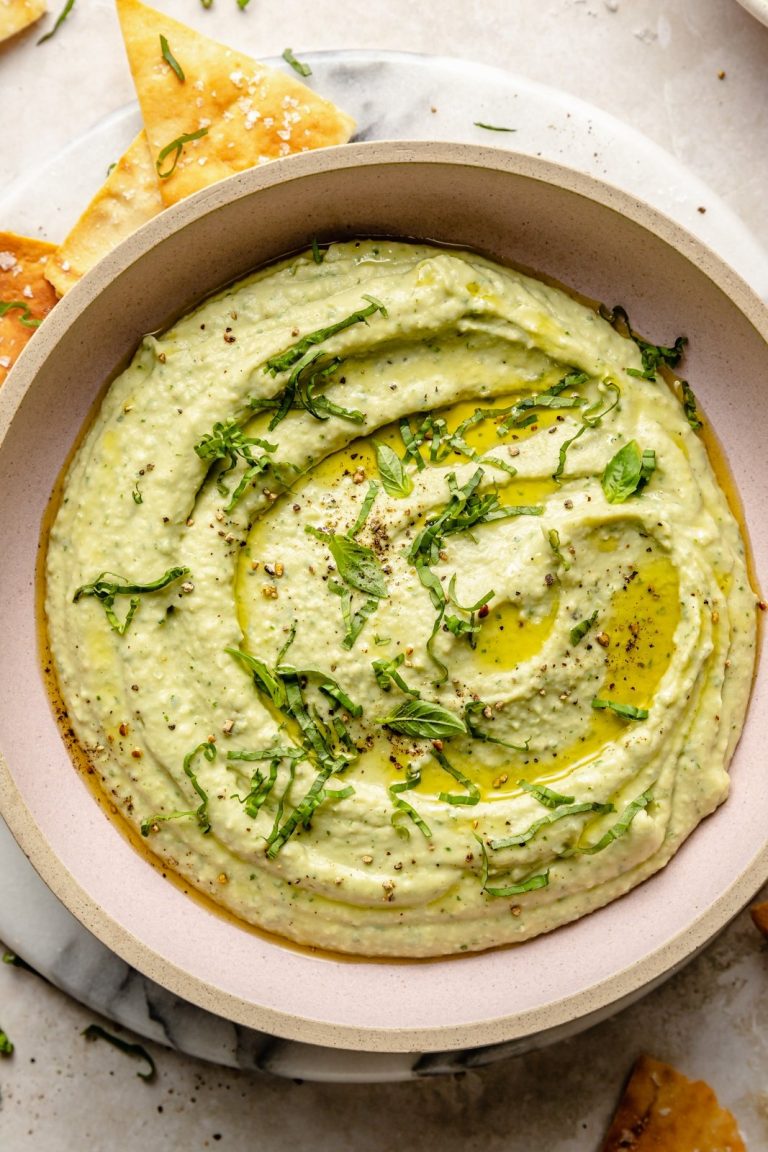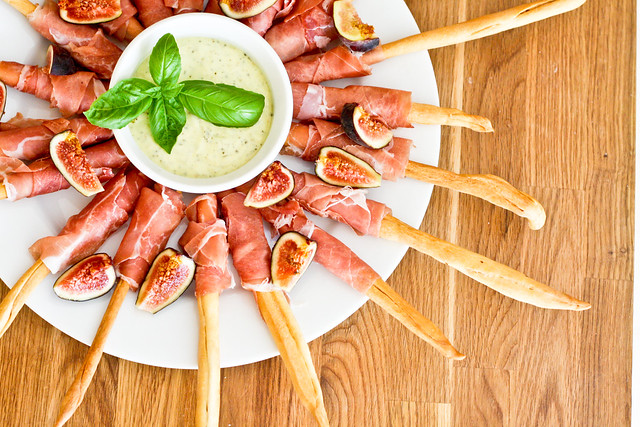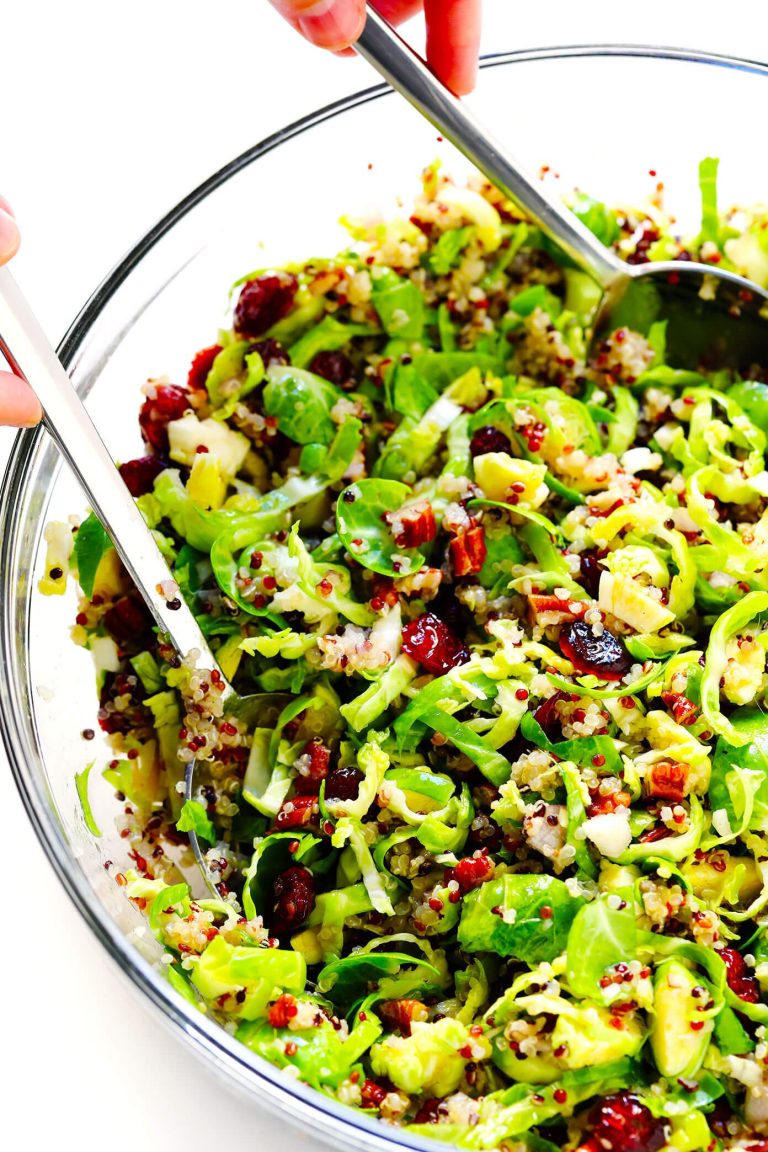Spicy Asian Style Wing Sauce: Recipes & Benefits
Spicy Asian-style wing sauce has a rich history. It draws from various Asian culinary traditions, each bringing unique flavors. Chinese cuisine, with its emphasis on bold flavors and diverse ingredients, is a significant influence. Historically, spices like Sichuan peppercorns and chili have been used in Chinese dishes for centuries. These spices form the backbone of many Asian-influenced sauces, including the wing sauce variant. Japanese cuisine also contributes, especially with the incorporation of umami through ingredients like soy sauce and miso.
Influence of Asian Cuisine
Asian cuisine has profoundly influenced Spicy Asian-style wing sauce. Several key regions contribute distinct elements:
- China: Usage of garlic, ginger, and soy sauce creates a foundational base. These ingredients provide the umami and aromatic qualities essential to the sauce.
- Korea: Gochujang, a fermented chili paste, adds a unique heat and depth, characteristic of Korean-style spicy sauces.
- Thailand: Thai elements such as fish sauce, lime, and palm sugar balance the sauce’s sweetness and sourness, enhancing flavor complexity.
These regional influences combine to create a sauce celebrated for its varied and harmonious taste profile.
Key Ingredients in Spicy Asian Style Wing Sauce
Hot Peppers and Their Heat Levels
Hot peppers give spicy Asian-style wing sauce its signature kick. Common varieties include Sichuan peppercorns, Thai bird chilies, and Korean gochugaru. Sichuan peppercorns offer a distinct numbing sensation, enhancing both heat and flavor. Thai bird chilies, small yet potent, bring intense spiciness, often rated between 50,000 and 100,000 Scoville Heat Units (SHU). Korean gochugaru, milder but flavorful, scores between 4,000 and 8,000 SHU, adding a subtle smoky sweetness.
Unique Asian Ingredients
Several unique Asian ingredients contribute to the complex flavor profile. Soy sauce, available in light and dark varieties, delivers umami richness. Miso, a fermented soybean paste, adds depth and savory notes. Gochujang, a Korean chili paste, combines heat with sweetness and is essential for achieving the desired balance. Fish sauce, extracted from fermented fish, introduces a salty, umami element. Lime juice provides a fresh, acidic contrast to the rich ingredients, while palm sugar offers caramel-like sweetness, rounding out the flavor.
Comparing Cooking Techniques
Traditional Methods
Traditional methods rely on deep frying to achieve that hallmark crispy texture. To start, marinate wings in a mixture of soy sauce, garlic, ginger, and sometimes a dash of rice wine. After marination, coat the wings in a light batter made from flour and cornstarch for extra crunch. Fry the wings in hot oil, usually around 350°F, until golden brown and crispy, which typically takes 10-15 minutes. Finally, toss the fried wings in the spicy Asian-style wing sauce to ensure every piece is well-coated.
Modern Twists
Modern twists incorporate baking or air frying to achieve a healthier alternative. Start by patting the wings dry to ensure a crispy exterior. Season them with salt, pepper, and a touch of baking powder to aid in crispiness. For baking, place the wings on a wire rack over a baking sheet and bake them in a preheated oven at 400°F for about 45-50 minutes, turning halfway through. For air frying, set the air fryer to 375°F and cook the wings for 25-30 minutes, shaking the basket occasionally. Once done, coat the wings evenly with the spicy Asian-style wing sauce for a flavorful finish.
Health Benefits and Dietary Considerations
Nutritional Content
Spicy Asian-style wing sauce features a blend of ingredients that offer various nutritional benefits. Soy sauce and miso contribute protein and essential minerals like iron and calcium. Chili peppers, such as Thai bird chilies and Korean gochugaru, are rich in vitamins A and C, which support immune function and skin health. Lime juice adds vitamin C and antioxidants, while palm sugar provides a more natural source of sweetness compared to refined sugars.
| Ingredient | Key Nutrients |
|---|---|
| Soy Sauce | Protein, Iron, Calcium |
| Miso | Protein, Iron, Calcium |
| Chili Peppers | Vitamins A and C |
| Lime Juice | Vitamin C, Antioxidants |
| Palm Sugar | Natural Sweeteners |
Suitability for Different Diets
Spicy Asian-style wing sauce can align with several dietary restrictions and preferences. For a gluten-free option, use tamari instead of soy sauce. If following a vegan or vegetarian diet, ensure miso and gochujang used are free from animal products like bonito flakes and anchovy extract, respectively.
High in spices, this sauce can boost metabolism and aid digestion through capsaicin found in chili peppers. However, individuals with sensitivities to spicy foods or digestive issues should moderate their intake to avoid discomfort.
Top Recipes Using Spicy Asian Style Wing Sauce
Classic Asian Style Wings
Classic Asian-style wings shine with the deep flavors of Spicy Asian-style wing sauce. You start by marinating chicken wings in a mixture of soy sauce, rice vinegar, garlic, ginger, and a few tablespoons of the spicy wing sauce for at least 30 minutes. Bake or deep-fry until golden and crispy, then toss the wings in additional Spicy Asian-style wing sauce to ensure even coating. Garnish with sliced green onions and sesame seeds. Serve these wings with steamed rice and stir-fried veggies to round out your meal.
Innovative Fusion Dishes
Expand your culinary repertoire by incorporating the Spicy Asian-style wing sauce into fusion dishes. Use the sauce as a glaze for baked salmon, applying it during the last few minutes of cooking to infuse flavor without burning. For a twist on tacos, toss shredded chicken in the sauce and serve it in soft tortillas with pickled vegetables and fresh cilantro. You can also elevate your pizza night by drizzling Spicy Asian-style wing sauce over a seafood or chicken pizza, pairing it with mozzarella and bell peppers for a unique flavor burst. Explore diverse ways to use this versatile sauce to create an exciting array of dishes.
Conclusion
Spicy Asian-style wing sauce brings a unique blend of flavors to your culinary repertoire. Its versatility makes it an excellent addition to various dishes beyond just wings. Whether you’re marinating, glazing, or topping, this sauce can elevate your meals with its rich, complex taste.
Experimenting with this sauce can lead to delightful discoveries in your kitchen. From traditional Asian dishes to creative fusion recipes, the possibilities are endless. Embrace the bold flavors and enjoy the culinary adventure that Spicy Asian-style wing sauce offers.
